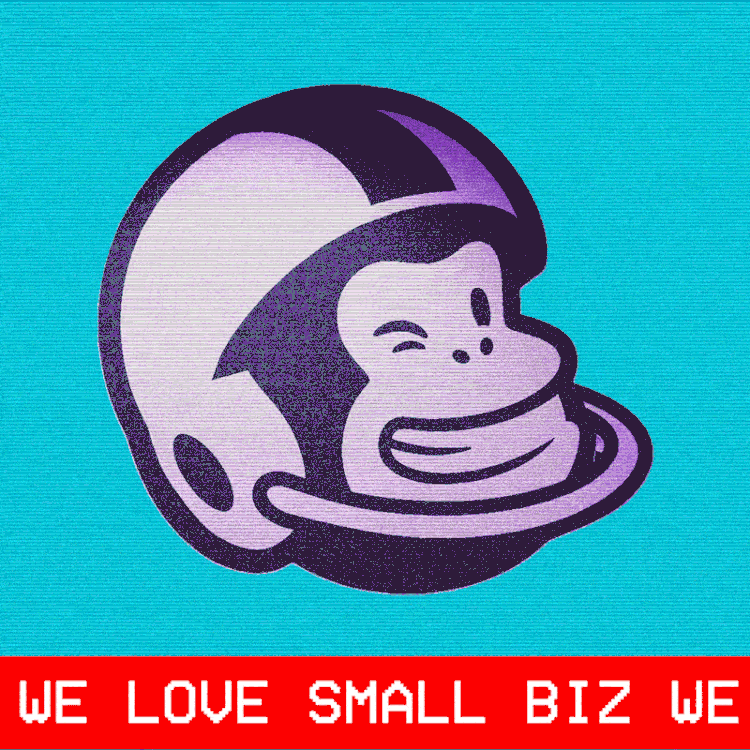20 million clicks in 30 seconds
HERE'S TO THE SUPER BOWL ADS (AND WHAT WE CAN LEARN FROM THEM)
Every February the world collectively turns its attention to screens, as the most talented competitors in the world face off in a battle that will shape the conversation for the rest of the year. Also, there's a football game.
Of course I'm referring to the commercials – more specifically, what brands and agencies choose to do with the world's most expensive 30 seconds.
Super Bowl commercials are interesting to everyone who works in marketing because they allow us to outsource some of our research and trend spotting. The folks behind the ads are spending millions of dollars to identify the best possible ways to connect with their audiences, so it just makes sense to mine that data for useful anecdotes that can apply to our own work.
SO, WHAT DID WE LEARN?
The theme of this year, as far as we're concerned, was strategic focus.
In the past, we've had years where advertisers told emotional stories, introduced hashtags, or won attention with realtime marketing stunts. This year — a year filled with enough emotionally-charged stories to fill most decades — it seemed that creatives chose to pass on taking a stand and focused instead on the specific response they were looking to create. While that may not sound as exciting as previous trends like weirdvertising (#PuppyMonkeyBaby), or crowdsourcing (Doritos Time Machine), there are some very useful lessons in it for all of us.
WHAT IS STRATEGIC FOCUS?
Every marketing message, whether it's a tweet to 100 followers or a Super Bowl ad to 100 million viewers, has the opportunity to get just one message across to its audience. When we get the wrong message in front of the wrong audience, we fail, no matter how good the creative is. The same thing happens when we try to mash too many messages in there.
The right message inevitably falls into one of the following high-level categories:
Audience: I've never heard of you
Message: This is who we are (Awareness)
Audience: I don't know why I should care about your brand
Message: Here's what makes us special (Interest)
Audience: I'm not sure if you're right for me
Message: This is how we solve a problem for people like you (Consideration)
Audience: I'm down to a few options, which is best?
Message: Here's a compelling reason to buy today (Conversion)
As I was watching this year's Super Bowl (streamed to include US ads), it struck me that this crop seemed to be more well-defined in its strategic focus than any other year that I could recall. Here are a few examples to show what I mean:
AWARENESS: FTX.COM
One of the world's largest cryptocurrency exchanges, FTX.com, knew that before they could convince anyone to convert, or even consider their offering, they'd need to introduce themselves, and that would come with more than a little bit of skepticism.
So they employed everyone's favourite skeptic, Larry David, to show how the best ideas throughout history all had to deal with rejection when they were first introduced. Once we had laughed along as Larry rejected the invention of the wheel, democracy, and the lightbulb, the audience's guard was down and ready to receive an introduction to this new idea called a crypto exchange.
Watch the FTX + Larry David commercial here
INTEREST: POLESTAR
Polestar joined a fleet of electric vehicle ads this year, and while Chevy, GM, and BMW all found creative ways to entertain us in ways that car ads always have, only one made a compelling argument that they are different.
For the full 30 seconds, Polestar listed all of the things that it's not doing, taking shots at Tesla with "No conquering Mars" and another at VW with "No Dieselgate."
It remains to be seen if it will be successful, but the message was clear: Polestar is different, and in a cluttered space that may be the most important message you can get across.
Watch Polestar's "No Compromises" Here
CONSIDERATION: ROCKET MORTGAGE
The team at Rocket Mortgage knows that in order to move people towards becoming actual customers, they'd need to demonstrate the product, but who would want to watch that?
So, they had Anna Kendrick lead what appeared to be a Barbie Dream House spot that slowly revealed itself as actually being about mortgage software. The genius in this ad is that they made the message relatable – seeing the home buying process from Barbie's perspective made it seem even more absurd, and Anna took the opportunity to show how Rocket Mortgage made it so easy that even a kids playhouse could understand the problem it solves.
Watch Rocket Mortgage's Dream House here
CONVERSION: COINBASE
And finally, the one that may have been the most talked-about (at least according to my Twitter feed).
Coinbase bought a double-length Super Bowl ad and used it to play a 60-second video that looked almost exactly like an out-of-focus screensaver from the late 90s. Almost, that is, because they had replaced the iconic floating Windows with a QR code.
As we all scrambled to point our phones at the mystery on our screens, it became apparent that the code took us to a Coinbase landing page that offered $15 in free Bitcoin to anyone who created a new account, and a chance at $3 million if you opted in to their sweepstakes.
Did it introduce the brand? There wasn't even a logo on screen until the end.
Did it differentiate the product? Not at all.
Did it show how the product works? Nope.
Did it give a compelling call to action? Absolutely, and according to Coinbase, it drove over 20 million people to its landing page.
The debate has been raging online about whether this was a good use of the 60-second opportunity, but when the ad is focused on conversion like this one, we don't need to argue, we just need to look at the numbers. According to @TalyorHoliday's tweets, the answer is pretty definitively Yes. In short, there is an audience of people who are interested in crypto, who have heard of Coinbase, and are willing to either try a new platform, or switch from their old one in exchange for a bonus, or a chance to win a prize.
WHAT CAN WE TAKE AWAY?
There is no best strategic focus, there is only the right focus for the right brand to the right audience.
So the next time you're creating an email, Google ad, influencer collaboration, or literally any other brand communication, ask yourself: Which strategic focus is right for this message?
YOU DON'T HAVE TO BUY THE AD TO BE THE AD: MAILCHIMP'S B2B SUPER BOWL STRATEGY
The world's largest supplier of small business email marketing has a much different audience, and therefore went a much different direction than most advertisers. Their message focused entirely on their clients: small businesses that do anything from serve drinks to sell clothing and candles.
What they understood was that the best way to demonstrate their value (see: Interest above) was to actually provide it in a massive way to some of their customers. So, Mailchimp's big game ad, and a series of social media content, all showed real small business people shouting out their brands and hyping up what they're up to.
This approach is special because it's a tactic that we can all employ. Whether there's an upcoming conference, a big event, or the opening of a new season, we can make our partners the stars of our digital content, thereby getting ourselves easy social shares & engagement, and showing prospective customers that we're about more than just the product they buy.
People like to do business with people who treat their people well.
See the Mailchimp strategy in action on their Twitter account
Written by Conner Galway, Junction Consulting


